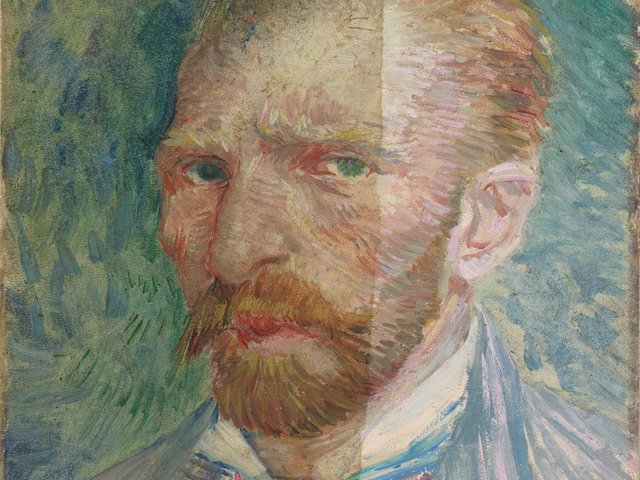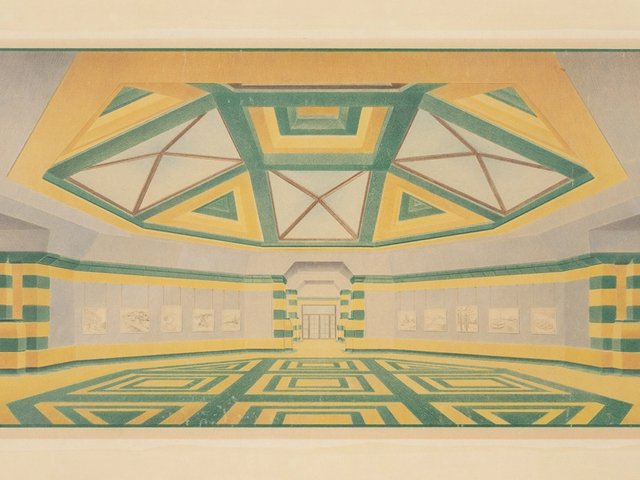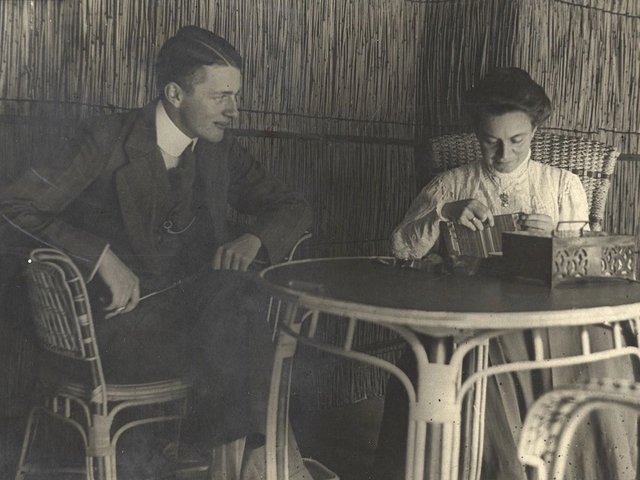In 1953 the Tate was offered a Van Gogh self-portrait by a London woman. The price was £19,500, more than any other Van Gogh had fetched at auction by this time.
Unpublished correspondence in the Tate archive reveals the story. On 8 April 1953 the director of the Tate Gallery in London, John Rothenstein, responded to the seller’s offer: “I am afraid that the picture in question would be altogether beyond the resources of our trustees.”
The self-portrait, supposedly painted in Provence in 1888-89, had first surfaced in 1927 at the Berlin galley of Otto Wacker. The following year Wacker tried to sell over 30 Van Gogh paintings, which he claimed had come from an anonymous Russian aristocrat who had fled to Switzerland. Although the pictures were accepted by some leading specialists, others denounced many of them as fakes. Wacker was brought to trial in 1932 and found guilty of fraud.
A few of the Wacker paintings had meanwhile been bought by Berlin’s Matthiesen gallery, including the self-portrait. This picture had its supporters. The respected Dutch art historian H.P. Bremmer believed it to be genuine, as did the influential collector whom he was advising, Helene Kröller-Müller. In 1929 Kröller-Müller tried to buy the self-portrait from Matthiesen for the museum that she was setting up, but they wrangled over the price and the sale never proceeded.
In 1939 the self-portrait was published as authentic in the authoritative Van Gogh catalogue raisonné compiled by the specialist Jacob-Baart de la Faille. His acceptance would certainly have encouraged the Tate to believe in its authenticity. De la Faille also recorded that the painting was owned by Sam van Deventer, Kröller-Müller’s advisor who became director of her museum after her death later that year.
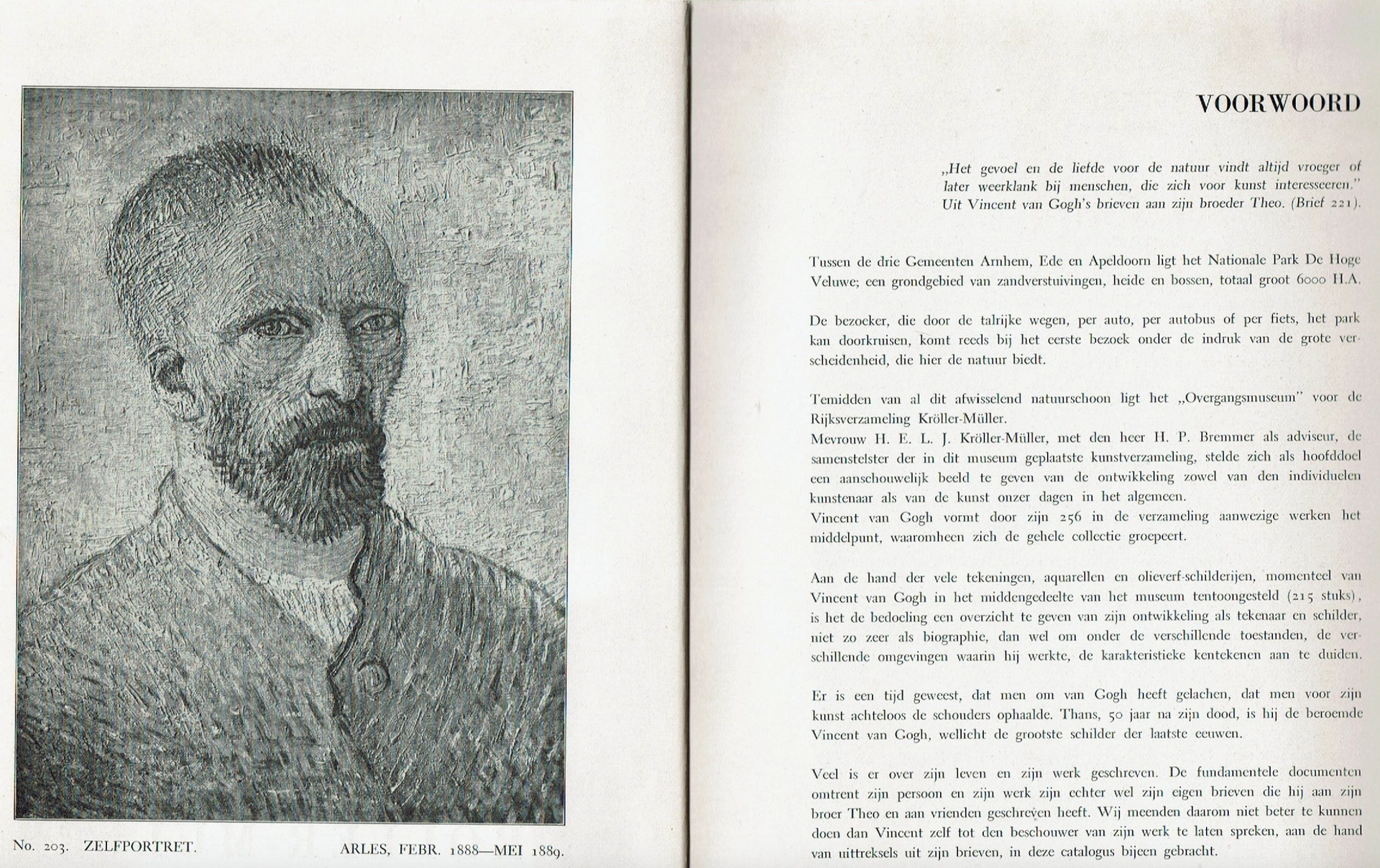
Foreword to the 1939 Kröller-Müller Museum catalogue, prominently featuring the self-portrait
That same year, in 1939, a reproduction of the self-portrait was published in the catalogue of the Kröller-Müller Museum collection, proudly presented alongside the book’s foreword. It is unclear whether the painting belonged to Kröller-Müller or, more likely, was on loan from her advisor, Van Deventer. In any case, after her death the self-portrait seems to have been the property of Van Deventer.
During the Second World War Van Deventer collaborated with the Nazi occupiers. In 1945 he was suspended as museum director and four years later he was accused of fraud. Van Deventer died in 1972.
The self-portrait left Van Deventer’s collection in unknown circumstances. The identity of the London woman who offered the painting to the Tate in 1953 is also unknown, since her name has been redacted from the archival documents. She may well have been acting on behalf of Van Deventer.
After the Tate declined the offer, the self-portrait disappeared. In the 1970 edition of the de la Faille catalogue, it is recorded as “rejected”—and since then no serious specialists have accepted it as a Van Gogh. Its present owner remains anonymous, although the painting is thought to be in Germany.
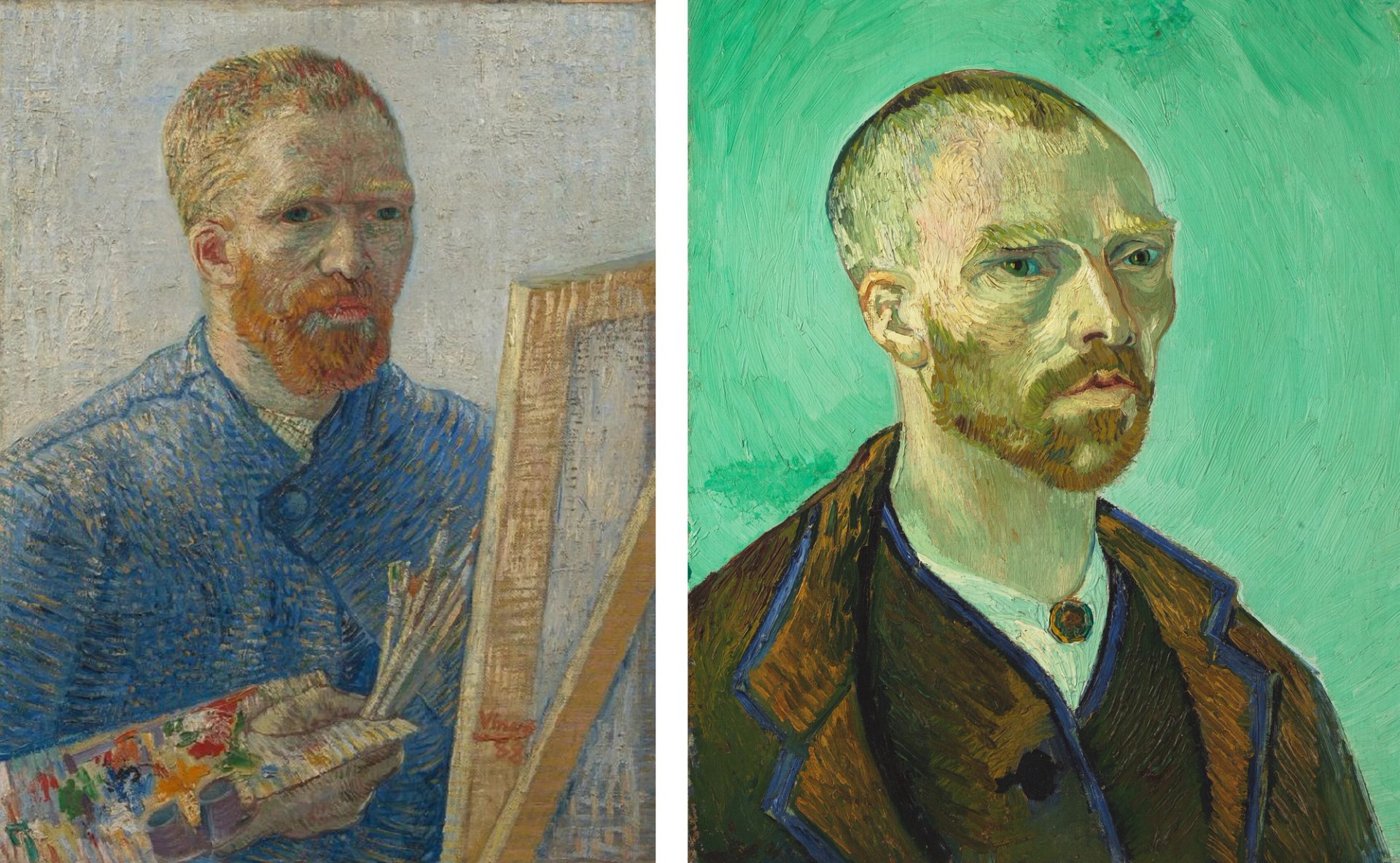
Van Gogh's Self-portrait as a Painter (December 1887-February 1888) and his Self-portrait dedicated to Paul Gauguin (September 1888)
Van Gogh Museum, Amsterdam (Vincent van Gogh Foundation) and Fogg Museum, Harvard Art Museums, Cambridge, Massachusetts (bequest by Maurice Wertheim)
The forger’s main sources were two authentic self-portraits, one showing the artist at the easel (December 1887-February 1888) and the other painted for Paul Gauguin (September 1888).
As so often, a fake may seem credible at the time it is produced, but decades later it is difficult to believe that it ever fooled the specialists.
The 1953 approach to the Tate is a reminder of quite how Van Gogh’s prices have soared since it was offered for £19,500. In November 2022 Orchard with Cypresses sold at Christie’s for $117m.
Other Van Gogh news:
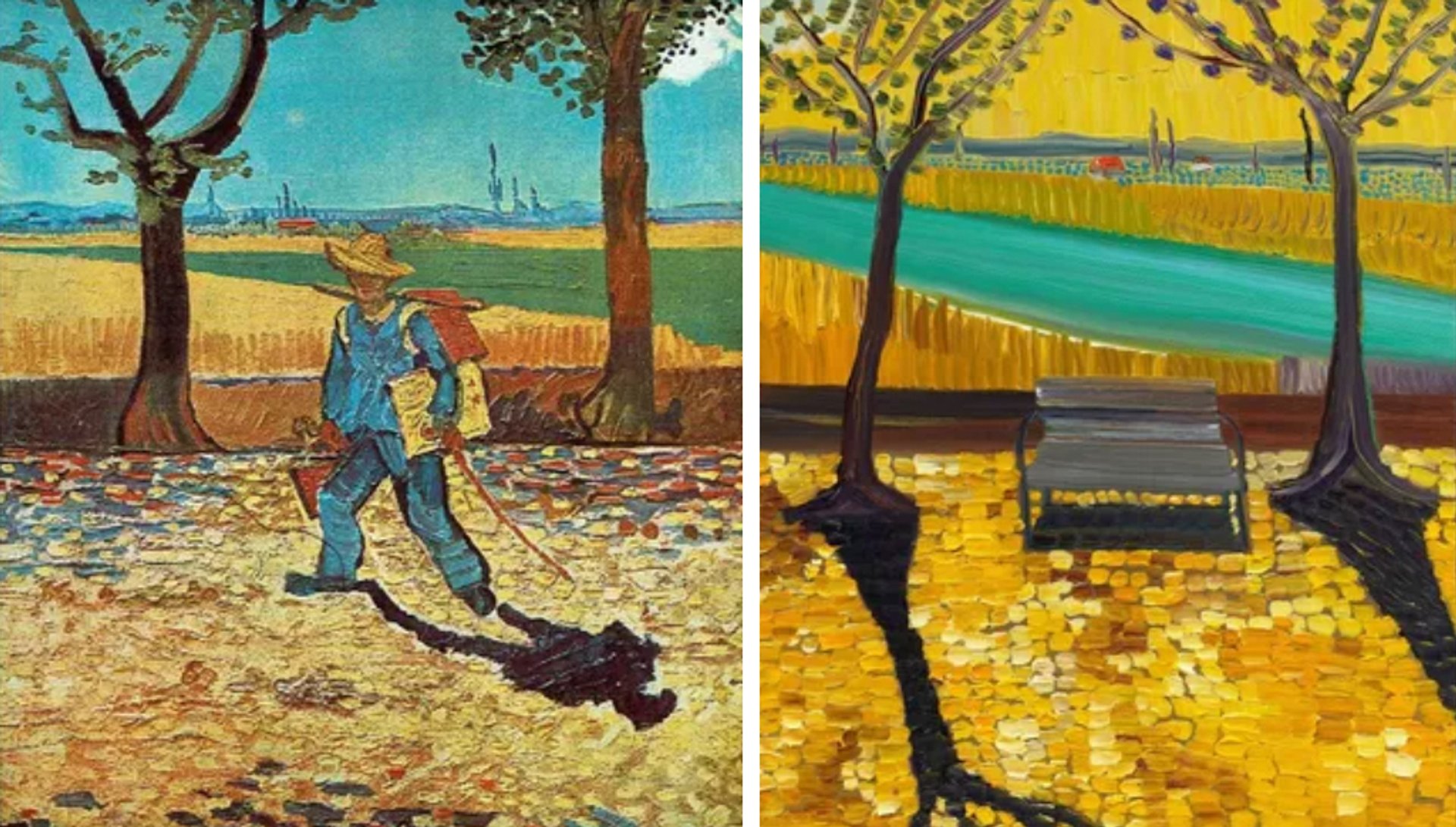
Van Gogh’s The Painter on the Road to Tarascon (1888) and Matthew Wong’s The Space Between Trees (2019)
Kulturhistorisches Museum Magdeburg and Matthew Wong Foundation c/o Pictoright Amsterdam 2023
Next week the Van Gogh Museum in Amsterdam is opening an exhibition on the Chinese-Canadian artist Matthew Wong (1984-2019). Matthew Wong/Vincent van Gogh: Painting as a Last Resort (1 March-1 September) will include five Van Gogh paintings (Trees and Undergrowth, July 1887; Wheatfield, June 1888; The Bedroom, October 1888; Garden of the Asylum, September 1889 and Wheatfield with a Reaper, 1889) and one drawing (Landscape with Hut, May 1888), all from the museum’s permanent collection. These will be shown along with 60 of Wong’s works.





